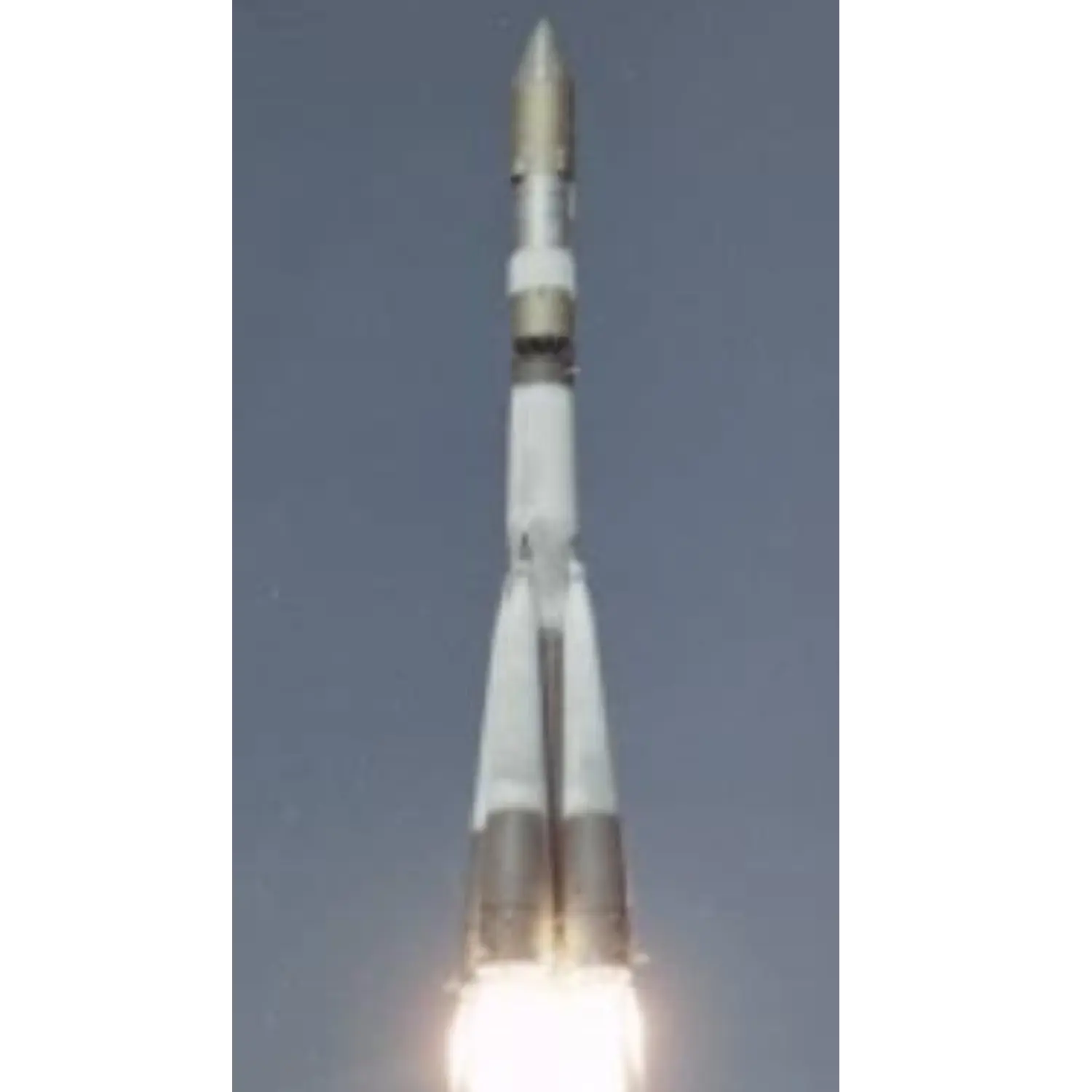Venera 2
Launch Success
Liftoff Time (GMT)
04:46:48
Friday November 12, 1965
Mission Details
Launch Notes
First flight of Molniya from the Site 31/6.
Venera 2
Venera 2, also known as 3MV-4 No.4 was a Soviet spacecraft intended to explore Venus. A 3MV-4 spacecraft launched as part of the Venera programme, it failed to return data after flying past Venus. The Venera 2 spacecraft was equipped with cameras, as well as a magnetometer, solar and cosmic x-ray detectors, piezoelectric detectors, ion traps, a Geiger counter and receivers to measure cosmic radio emissions. The spacecraft made its closest approach to Venus at 02:52 UTC on 27 February 1966, at a distance of 23,810 kilometres. During the flyby, all of Venera 2's instruments were activated, requiring that radio contact with the spacecraft be suspended. The probe was to have stored data using onboard recorders, and then transmitted it to Earth once contact was restored. Following the flyby the spacecraft failed to reestablish communications with the ground. It was declared lost on 4 March, 1966. An investigation into the failure determined that the spacecraft had overheated due to a radiator malfunction.
Heliocentric Orbit
1 Payload
963 kilograms
Rocket


Manufacturer
RKK EnergiyaRocket
Height: 44.23m
Payload to Orbit
LEO: 6,000 kg
GTO: 2,200 kg
Liftoff Thrust
4,378 Kilonewtons
Fairing
Diameter: 2.58m
Height: 6.74m
Stages
4
Strap-ons
4
Launch Site
Stats
Molniya
30th
Mission
8th
Mission of 1965
RKK Energiya
153rd
Mission
42nd
Mission of 1965
1965
102nd
Orbital launch attempt